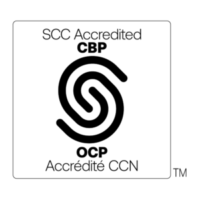Field Techniques for Torsional Vibration Measurements-Wally Bratek
- By Beth Firth
- 5 months ago
- 26 views
- Shares
Torsional vibration design analysis (TVA) is essential to ensure the reliability of rotating machinery, particularly when the driver or driven machine is a reciprocating engine or compressor. Since reciprocating machinery torque curves (torque effort) are never flat due to the conversion of the reciprocating motion to rotation and vice-versa, a specialized analysis is required to provide the predicted (calculated) torque curves. The alternating component of torque is quite often as much as two to three times greater than the mean, or constant torque during normal operation. Each component in the drive train must be designed to withstand these alternating “rough” torque requirements. Dynamic response due to torsional resonance can amplify these torque levels beyond the fatigue (failure) limits of the individual components.
Even with a successful design analysis, torsional failures may occur due to differences in construction, errors in the TVA modelling information, or changes in machinery loading. The differences between the design (predicted) and real-world (field) operation can and occasionally do lead to major failures and lost production. Since torsional vibration problems often go unnoticed during startup, the failures are usually sudden and occur without prior signs. When a torsional failure does occur, the consequences are significant given the costs and time to replace a motor shaft or engine or compressor crankshaft. Unlike lateral vibration that can be detected using typical vibration instrumentation such as accelerometers or proximity probes, measurement of torsional vibration requires specialized instrumentation and approaches.


